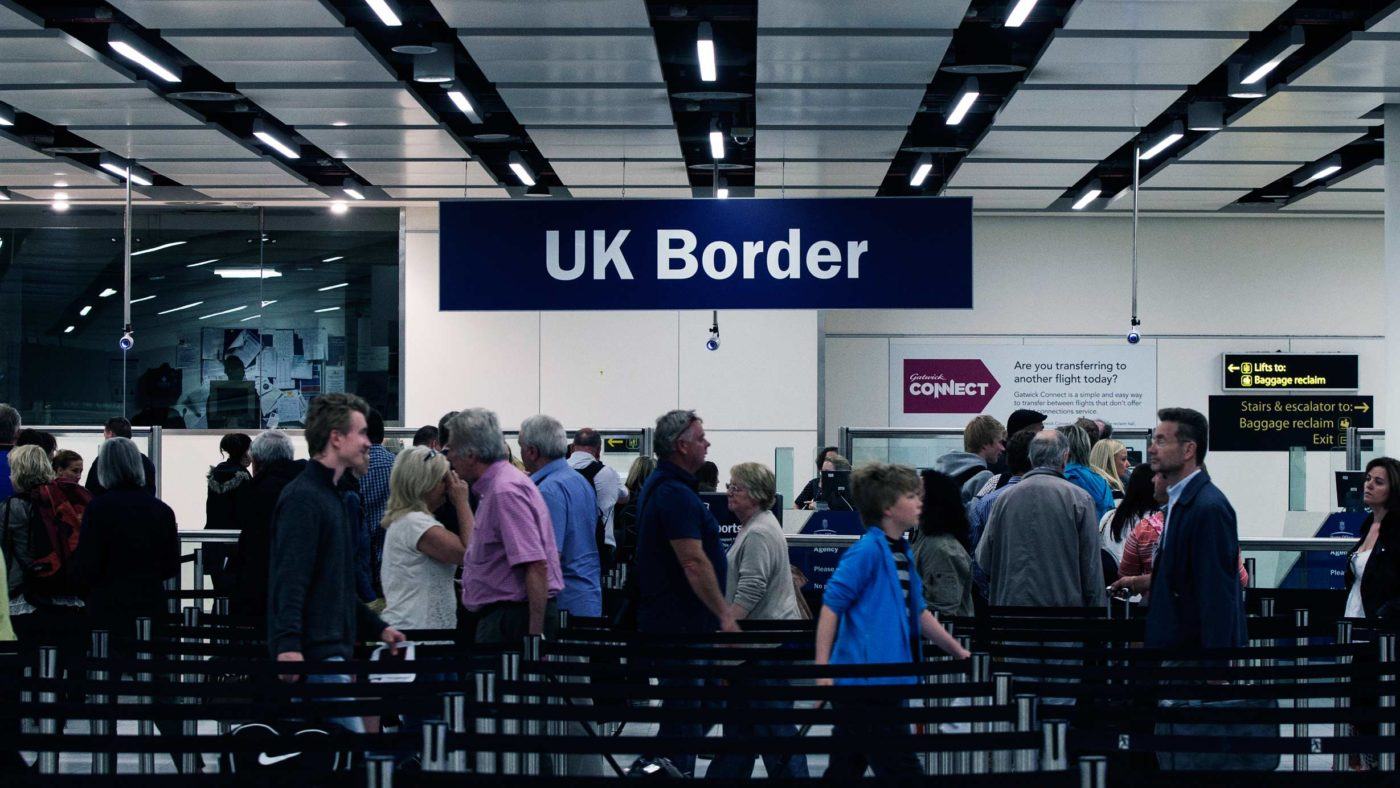Imagine you are the famously-stubborn leader of the Conservative Party, heading into an election with a substantial lead in the polls. George Osborne’s Evening Standard, Tim Farron of the Lib Dems and Labour’s Jeremy Corbyn are all calling on you to drop the net migration target. What do you do? Why, you keep it of course.
The Conservatives are determined to repeat the pledge to reduce net migration to the tens of thousands, in the hope that it might be third time lucky for a policy promise that has changed the course of British political history. But this broken promise forms a big part of the story of why the public has lost confidence in how British governments manage immigration policy.
Labour governments did not expect, plan for or respond to the record levels of migration which followed the expansion of the EU eastwards in 2004; the public certainly didn’t think they responded quickly enough to the pressures of change on local public services. But the Conservative pledge to cut the numbers to the tens of thousands exacerbated that mistrust, generating quarterly headlines about how the Government had failed to get a grip, every time it failed to meet the target.
It was impossible to guarantee net migration at that level while Britain was a member of the European Union, so the failed target played an important role in costing David Cameron his job and Britain its place in the European Union. The irony surely can’t escape the former prime minister that his home secretary was subsequently elevated to No 10 by the failure of her own flagship policy.
After Brexit, in theory, meeting the target could become more feasible. But only if the Government were willing to make much deeper reductions in non-EU migration than before. This would require significant cuts to the sorts of skilled and student migration that have broad public support. A policy that is intended to be popular would meet with opposition from the public, as well as from universities and employers.
There are challenges, too, for the target’s most vocal opponents. The first is that they will need to offer an alternative to the target if they want to be rid of it. Migration targets have both a practical and a symbolic role: they inform policy and, indeed, demonstrate that the administration is capable of formulating a migration policy. They also give the electorate a clear commitment about what the Government is trying to achieve, so that they can gauge its competence and effectiveness in delivering what it has promised, or not.
Their second challenge is a political one: that the more they criticise and complain about the net migration target, the more determined Downing Street becomes to stand by it.
Many members of the Cabinet would prefer to ditch the target, but can’t find an effective exit strategy that would work for the Prime Minister. It doesn’t take a master of Kremlinology to decode Home Secretary Amber Rudd’s interviews on the issue. The Chancellor is of a like mind. Nor is concern confined to former Remain advocates: Foreign Secretary Boris Johnson was sceptical when he was London Mayor, while Liam Fox’s views are well known. “The net migration target is wrong, stupid and nonsensical, whatever level you set it at,” he told a Conservative party fringe when he was a backbencher. Fox believes that focusing on the overall numbers prevents a sensible debate about which flows of migration to reduce and which to keep.
So how might the Government move on?
Since Brexit is a reset moment for immigration policy, it would be better to focus on the principles for a new immigration framework than to cling to an arbitrary failed target of the past. That advice is as true for government ministers as it is for the harshest critics of the net migration target. Right now, no-one has the information needed – on the Brexit deal, the value of the pound or the needs of our economy – to predict what the right level of immigration will be for Britain over the coming years.
One reason the net migration target failed was because a number was picked first and policies to help reach it were formulated afterwards. Brexit offers an opportunity to do things the right way round – to discuss the pressures and the gain of immigration, the needs of the economy and the concerns of the communities where the pace of change has been fastest – and then to set policies and targets that reflect this.
One way to achieve this would be for the UK to hold its first ever Comprehensive Immigration Review, as governments have done in the past to address national security and public spending, but which has never been done on immigration.
Such a process could lead Government away from a one-size-fits-all net migration target – replacing it with a different set of measures. The Government should set immigration targets that cover those flows of immigration which are within its control, and which it is seeking to limit or reduce. Engaging the public in this process could help to restore trust, as would progress towards meeting targets that have been set at a sensible level with considered policies that will help to meet them.
That would be a sensible proposal for Theresa May’s election campaign and for the new government that will form after June 8. It would also be a sensible argument for George Osborne and other critics of the net migration target, offering Team May an exit strategy from her fixation on the target. Though let’s hope they don’t shout about it too loudly.


